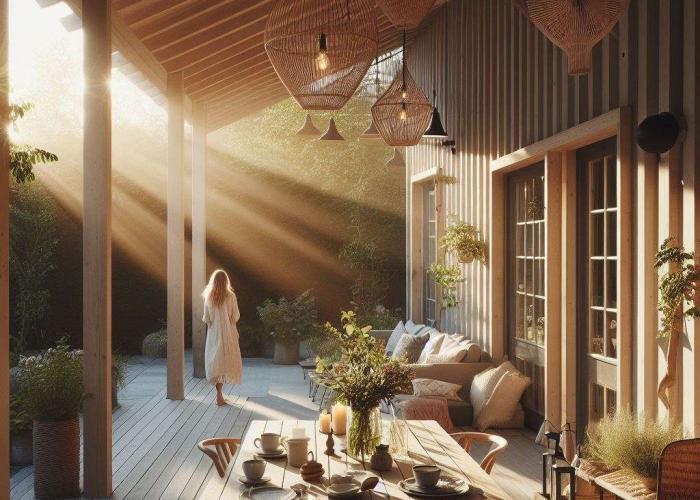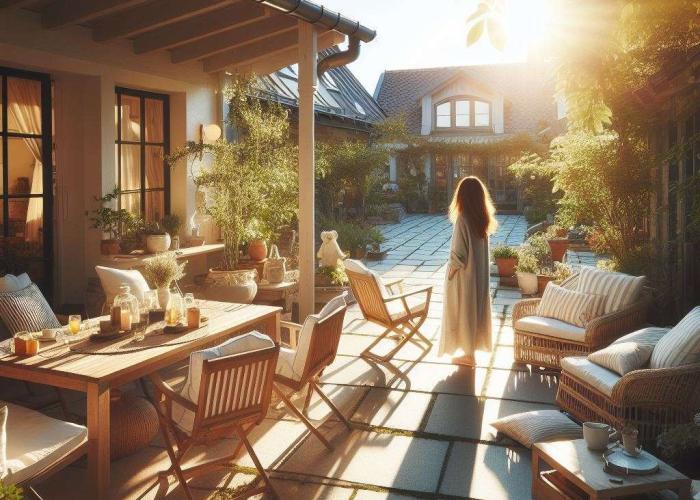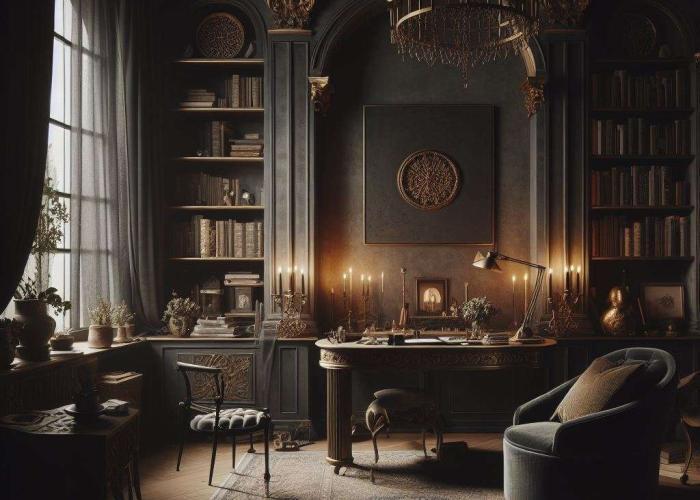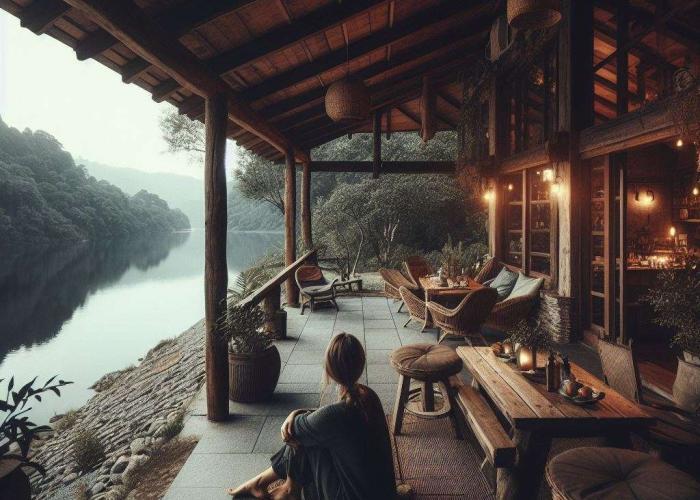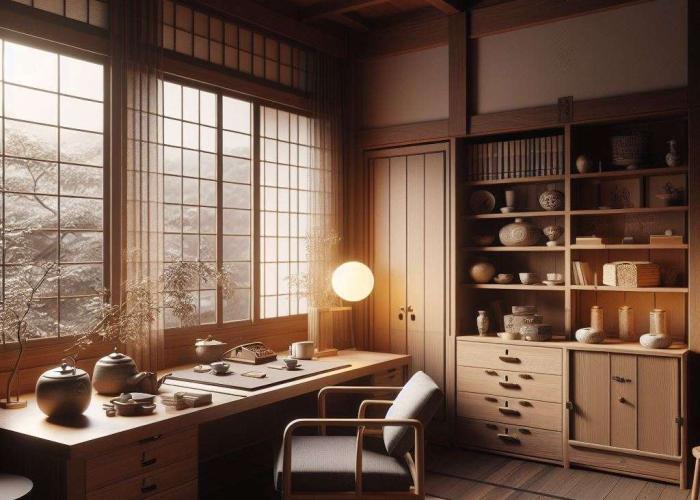AI Based Design
Projects
House design styles encompass a diverse array of architectural aesthetics, each reflecting unique characteristics, histories, and cultural influences. From classic to contemporary, these styles cater to different tastes and preferences.
Colonial architecture evokes tradition with symmetrical facades, multi-pane windows, and decorative accents. Victorian homes boast ornate details, steep gabled roofs, and vibrant colors, reflecting opulence and craftsmanship.
Modernist design embraces simplicity and functionality through clean forms, large windows, and natural materials. Mid-Century Modern design features organic shapes, minimalist aesthetics, and innovative materials. Farmhouse design showcases cozy porches, pitched roofs, and natural textures, blending tradition with contemporary elements. Mediterranean style embodies relaxed elegance with stucco walls, terra cotta roofs, and lush landscaping.
Contemporary architecture favors sleek lines, innovative materials, and open-plan layouts. Each style offers a unique narrative, appealing to diverse lifestyles and tastes, ensuring homeowners find a style that resonates with their vision of home.
Artificial Intelligence (AI) can support the design of a house in various ways:
Generative Design: AI can be used to automatically generate a variety of design options that match the specific requirements and constraints of a project. These options can consider parameters such as space utilization, materials, energy efficiency, and aesthetic preferences.
Analytical Tools: AI can assist in analyzing large amounts of data to identify patterns and trends in housing design. This can help architects and designers make informed decisions based on empirical data and customer preferences.
Simulation and Visualization: AI-powered simulations can help understand the behavior of a building under different conditions, such as sunlight exposure, airflow, or energy consumption. Visualization tools can assist architects and clients in understanding and reviewing the final design before construction.
Automation of Routine Tasks: AI can automate repetitive or time-consuming tasks in the design process, such as creating floor plans, placing furniture, or optimizing room layouts.
Personalization: By analyzing user data and preferences, AI systems can create personalized design suggestions that match the individual needs and preferences of the residents.
Sustainability: AI can help integrate sustainable design practices by providing data on the environmental performance of materials and technologies, as well as offering optimization suggestions for energy-efficient design.
Overall, AI can significantly enhance the design of a house through automation, analysis of large data sets, and the provision of intelligent decision support tools. It can streamline the design process, improve the quality of results, and provide the opportunity to address individual needs and global challenges such as sustainability.
